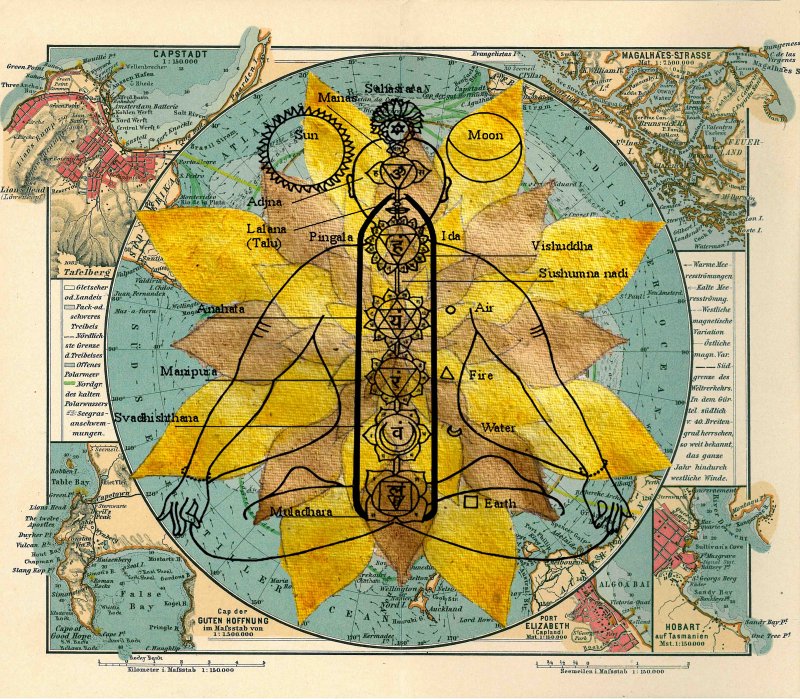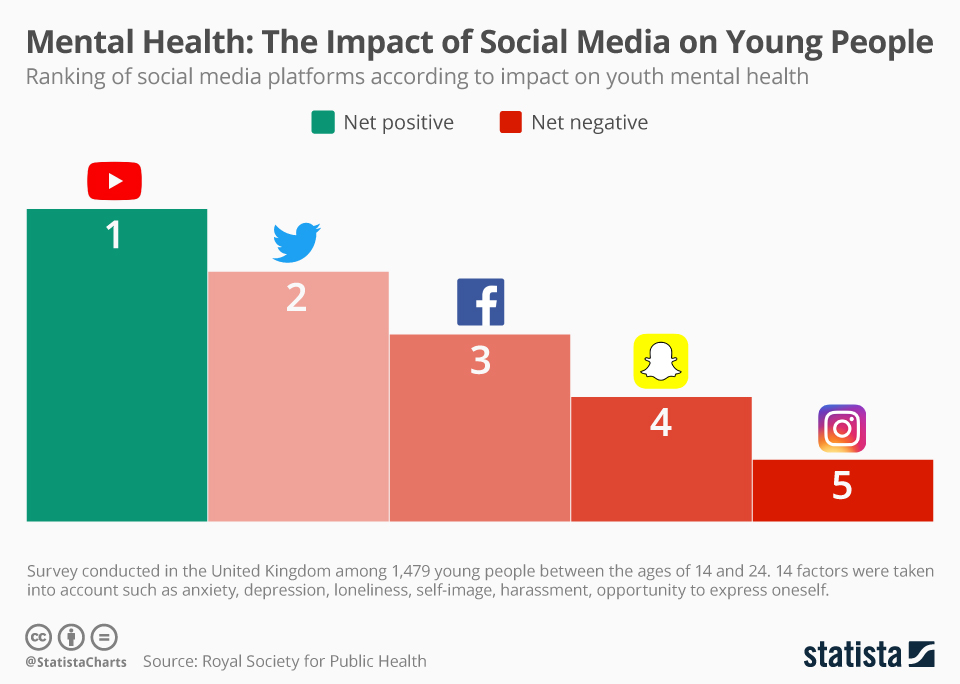Introduction
In the fast-paced and often stressful world we live in today, finding ways to cope with our emotions and navigate life’s challenges can be a daunting task. Traditional forms of therapy, such as talk therapy, have been instrumental in helping people address their mental and emotional struggles. However, there’s another avenue of healing that often goes overlooked: art therapy.
Art therapy is a creative and holistic approach to healing that utilizes various forms of art to promote self-expression, self-discovery, and emotional growth. In this article, we will explore the profound role that art plays in therapy and how it can be a transformative tool for those seeking healing and inner peace.
The Healing Power of Art
Art has a unique way of bypassing our conscious thoughts and tapping into our subconscious mind. Through the act of creating, individuals can access and express feelings and emotions that may be difficult to articulate verbally. This process can be incredibly therapeutic, allowing individuals to explore their inner world and gain insight into their thoughts and emotions.
Self-Expression: One of the fundamental aspects of art therapy is the freedom it provides for self-expression. Whether through painting, drawing, sculpting, or any other artistic medium, individuals can convey their thoughts, feelings, and experiences in a way that words alone cannot capture.
Emotional Release: Art can serve as a channel for releasing pent-up emotions. When individuals channel their anger, sadness, or anxiety into their art, they often experience a sense of relief and catharsis. This can be particularly beneficial for those dealing with trauma or intense emotional pain.
Empowerment: Engaging in creative activities empowers individuals to take control of their healing journey. It allows them to make choices, set goals, and find solutions in a way that aligns with their unique needs and preferences.
Mindfulness and Relaxation: Art encourages mindfulness and relaxation. The process of creating art often requires individuals to be fully present in the moment, which can help reduce stress and anxiety. Additionally, the act of creating can be meditative and soothing.
Types of Art Therapy
Art therapy encompasses a wide range of creative activities that can be tailored to an individual’s needs and preferences. Here are some common types of art therapy:
Visual Arts: This includes painting, drawing, collage, and sculpture. Visual arts can be used to explore a wide range of emotions and themes.
Music Therapy: Music has a profound impact on our emotions. Music therapy can involve listening to or creating music as a means of self-expression and emotional release.
Dance and Movement Therapy: Movement can be a powerful way to express emotions and release tension. Dance and movement therapy allows individuals to explore their feelings through physical expression.
Drama Therapy: Acting and role-playing can help individuals explore their emotions and gain insight into their thoughts and behaviors.
Creative Writing: Writing can be a therapeutic way to express thoughts and emotions. Journaling, poetry, and storytelling are all forms of creative writing therapy.
The Therapeutic Process
Art therapy is typically guided by a trained art therapist who creates a safe and supportive environment for clients to explore their creativity. The therapist may provide prompts or techniques to help individuals get started, but the emphasis is on the process rather than the final product.
During art therapy sessions, clients may create art that represents their feelings or experiences. They may also engage in discussions with the therapist about their artwork, which can provide valuable insights and facilitate healing. Over time, individuals often develop a deeper understanding of themselves and their emotions through their creative expressions.
Who Can Benefit from Art Therapy?
Art therapy is a versatile and inclusive approach that can benefit people of all ages and backgrounds. Some of the populations that may find art therapy particularly helpful include:
Children and Adolescents: Art therapy can be an effective way for young people to express themselves and cope with issues such as bullying, trauma, or family problems.
Adults: Adults facing stress, anxiety, depression, or trauma can benefit from art therapy as a complementary approach to traditional talk therapy.
Seniors: Art therapy can provide a creative outlet for seniors and help them maintain cognitive function and emotional well-being.
Individuals with Special Needs: Art therapy is accessible to individuals with disabilities and can be adapted to meet their unique needs and abilities.
Conclusion
Art therapy is a powerful and transformative form of therapy that allows individuals to explore their inner worlds, express their emotions, and find healing. Whether through visual arts, music, dance, drama, or writing, the creative process can be a path to self-discovery and emotional growth. If you’re seeking a holistic approach to therapy that goes beyond words, consider exploring the world of art therapy. It may just be the key to unlocking your inner healing potential.




